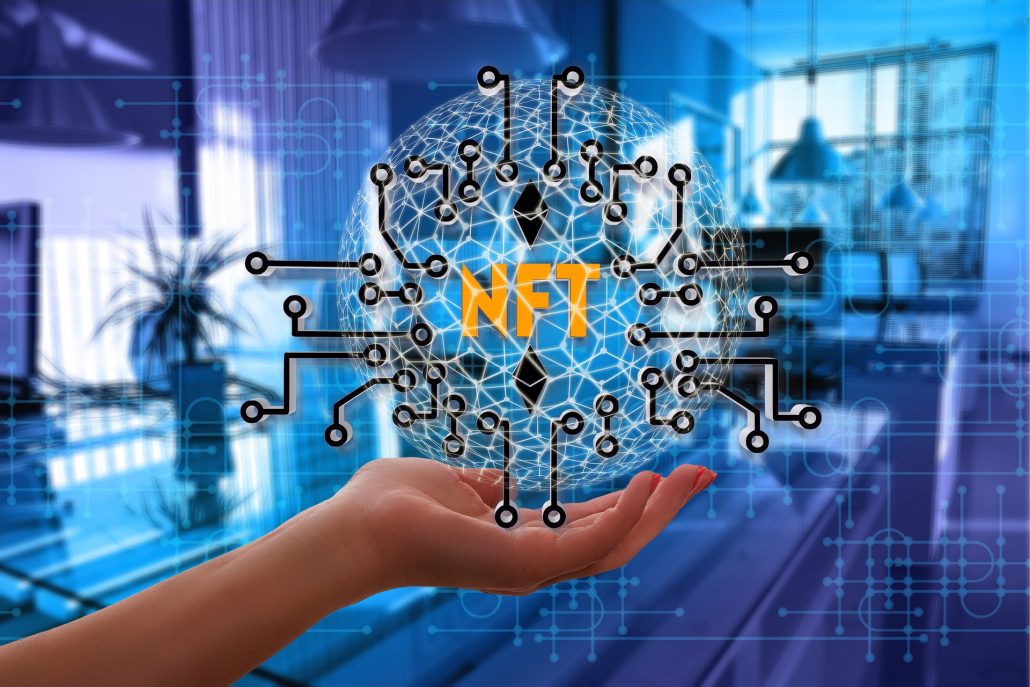NFTs - State of the Art in Money Laundering?
CURENTIS looks at the background of the hype around NFTs (Non-Fungible Tokens) in the art scene and evaluates it from an AML perspective.
For many years, the art market was a blind spot from a regulatory perspective. Anonymity and discretion with regard to information about buyers and sellers of art and cultural assets, as well as the prices ultimately achieved for the same, have long been the ethos of the art industry. Surprisingly, this has long received little attention from regulators.
With the latest amendment to the Money Laundering Act, however, art dealers were also formally obliged to maintain appropriate and legally compliant money laundering prevention. This circumstance and the currently expanding sanctions lists have so far contributed to the fact that renowned art dealers and auction houses in particular have exercised more restraint in recent months than they have in a long time.
It is difficult to answer the question of whether this has minimized the risk of money laundering on the art market. At the same time, the great success of NFTs - so-called non-fungible tokens - has opened up a whole new playing field for money launderers.
The NFT - The new token of the money launderers
By definition, NFTs (Non-Fungible Tokens) are cryptographically unique, indivisible, irreplaceable and verifiable tokens that reflect a specific object, whether digital or physical, in a blockchain.
Thus, an NFT is basically a token that can stand as a kind of ownership certificate for a digital or real work of art, for example.
Due to its structure, which is based on blockchain technology and is thus also mapped and secured in a decentralized manner, NFTs have become a popular speculation object, especially within the crypto community. In addition, this new market is equally popular with artists and art collectors, who have suffered greatly in recent years under the circumstances of the Corona pandemic and can now pursue their passion in a completely new way.
However, this trend also has its downsides, as money launderers are taking advantage of this new system of assets.
The trading volume achieved with NFT-based smart contracts alone by the end of 2021 is just over US$44 billion. These smart contracts are often based on the cryptocurrency Ethereum and are tightly linked to NFT marketplaces and collections.
What is the risk now from an AML perspective? The analysis team of Chainanalysis (chainalysis.com, as of 06/29/2022) has taken a closer look at the trades.
Clear evidence of one of the simplest forms of money laundering, the so-called "wash trade," was found.
Wash trades are all about making assets appear more valuable than they actually are. In the process, these assets are sold again and again at short intervals at ever higher prices in order to make the value of the item appear legitimate in the end.
Especially in the international art market, which has a high momentum of its own and where the price determination rather arises from emotional and art historical origins, the NFT market fits in perfectly. Due to its own complexity, it offers a suitable breeding ground for the wash trades of money launderers, who thus try to legitimize their money through a chain of transactions and price manipulations.
But how exactly does an NFT wash trade work?
In an NFT wash trade, a natural person or, for example, an offshore company acquires a digital work of art or its proof of ownership, which is provided by the token, for a comparatively low price. The money for this purchase comes from a legal source and was previously exchanged for a common cryptocurrency.
In the next step, this token is sold several times at increasingly higher prices to third parties or further offshore companies, thus bringing about a steady increase in value. As Chainanalysis was able to find out, this happens up to 25 times before a token has reached the value to use money from illegal crimes to sell this token one more time to themselves or a third party in order to be able to declare this money as profit from the sale of the NFT and dispose of it in any currency without the risk of a complaint by the bank.
How can NFT trade-washing be countered?
The hype around NFTs currently makes it quite easy for money launderers to conduct their transactions undetected among the thousands and thousands of crypto transactions of speculators and art fans. In this case, the basis for a consistent fight against money laundering must clearly be created by NFT brokers and crypto exchanges. The fundamental problem here is that many of these platforms are not regulated or, in some cases, are not subject to crypto asset transfer regulation and pan-European AML laws and standards.
Only through a flawless KYC process and monitoring of the trading intervals and volumes of the individual NFTs can this form of money laundering be combated in the long term and protect both society and explicitly art lovers from damage.
About the author: Kevin Hoops has been a consultant at CURENTIS AG since 2019 and has extensive project experience in the international banking environment. He has specialized in the areas of AML & Compliance.
Image from Gerd Altmann On Pixabay



